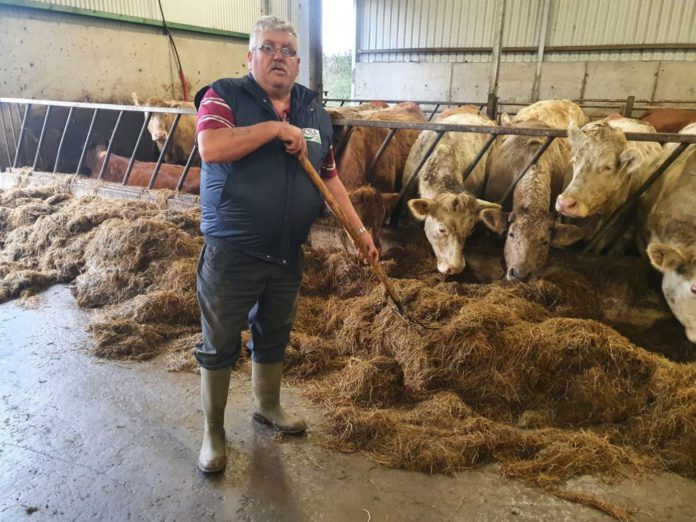“Policies that involve getting farmers to quit or to substantially undermine the productivity of their farms is a road to nowhere,” current ICSA president, Dermot Kelleher, told Minister McConalogue earlier this week.
The organisation met with the Minister for Agriculture, Food and the Marine to lay out a series of proposals to provide “substantial funding” to active farmers in the beef, suckler, and sheep sectors to help them deliver win/win solutions on climate change.
In doing so, ICSA’s leader, said that “land will have to be farmed and food will have to be produced”.
“The question is how to do this with the correct balance between profit and sustainability,” he told the meeting.
He stressed that achieving climate targets is “totally dependent” on keeping farmers viable in the cattle and sheep sectors.
ICSA is adamant that means a resilient beef finishing sector and keeping our less intensive suckler and sheep sectors “intact to the greatest extent possible”.
Supports for farmers
On the back of this, ICSA has proposed additional supports “as a minimum”:
- Store and beef producers: €80 million;
- Suckler producers: €60 million;
- Sheep sector: €50 million;
- Red clover reseeding: €50 million.
In addition, Dermot said, money is needed to offset methane-reducing feed additives. Overall, the farm group sees that costing €250 million per annum for the next seven years.
Calving interval and average first calving date
Speaking about its proposed additional supports, Kelleher continued: “In practice, it would include incentives for weighing on a regular basis; allocated to DNA tested animals only and a scheme to incentivise increased efficiency around suckler calving.”
“A key point is that reducing calving interval and average first calving date must be realistic and based on marginal improvements across the board rather than any demand to calve at two years old.”
“It is not a saleable proposition to tell farmers that they must switch from three-year-old to two-year-old calving.”
“However, if every farmer calved a month earlier on average and eliminated passenger cows, there would be significant economic and climate gains.”
However, none of this will happen, he warned, unless the DAFM brings a “positive” package forward to “bring profitability back” into the suckler, beef and sheep sectors.
“Failure to do this will simply result in a continuing exodus to more intensive dairy farming,” he added.
“No sector is being asked to do as much per capita as some 100,000 livestock farmers.”
New climate realities
Drystock farmers, in particular, he pointed out, stand “ready and eager” to adapt to new climate realities.
But, he added, these are low-income sectors; they need significant financial support, and the government has an obligation to provide that support.
Other news:





